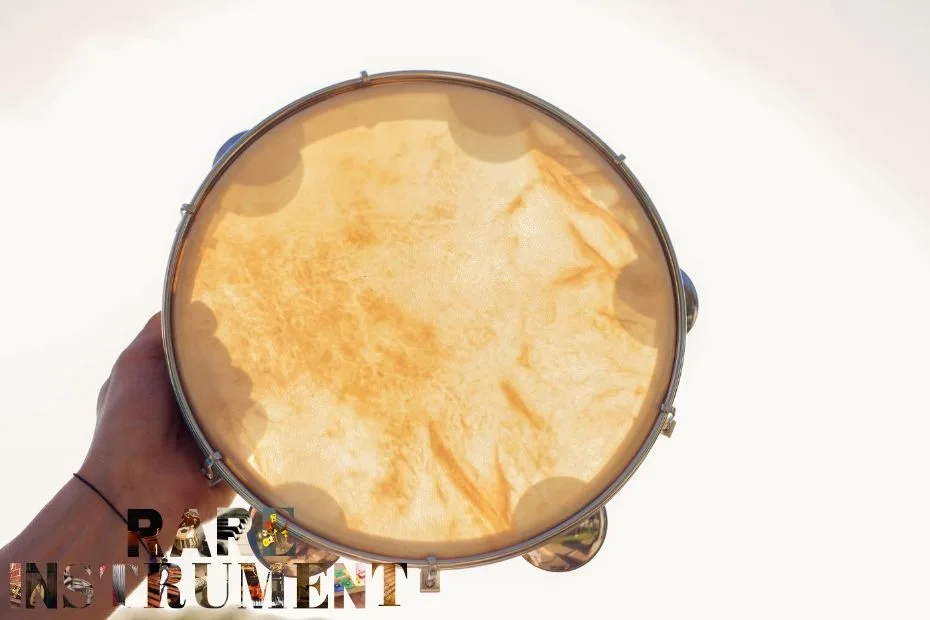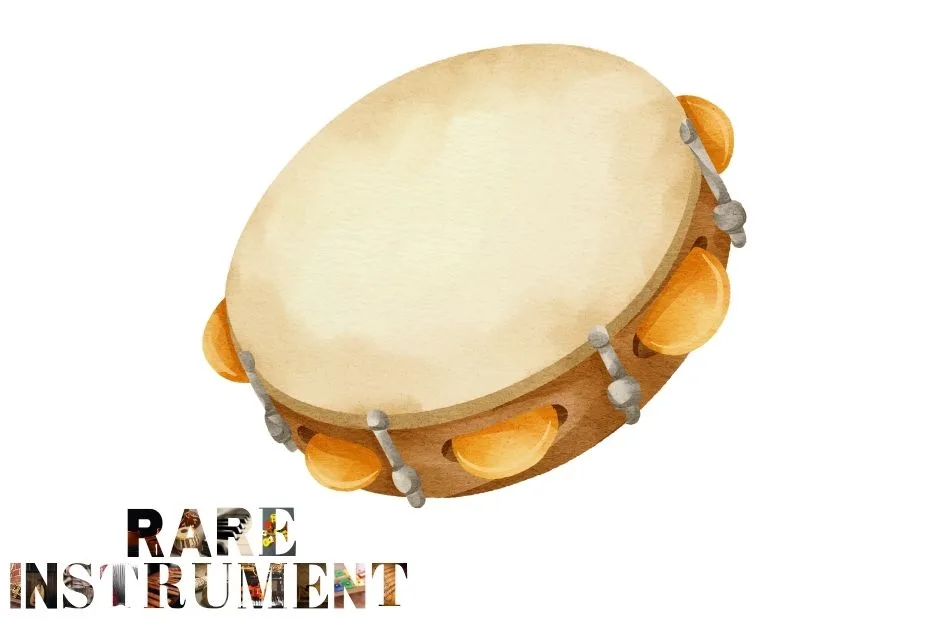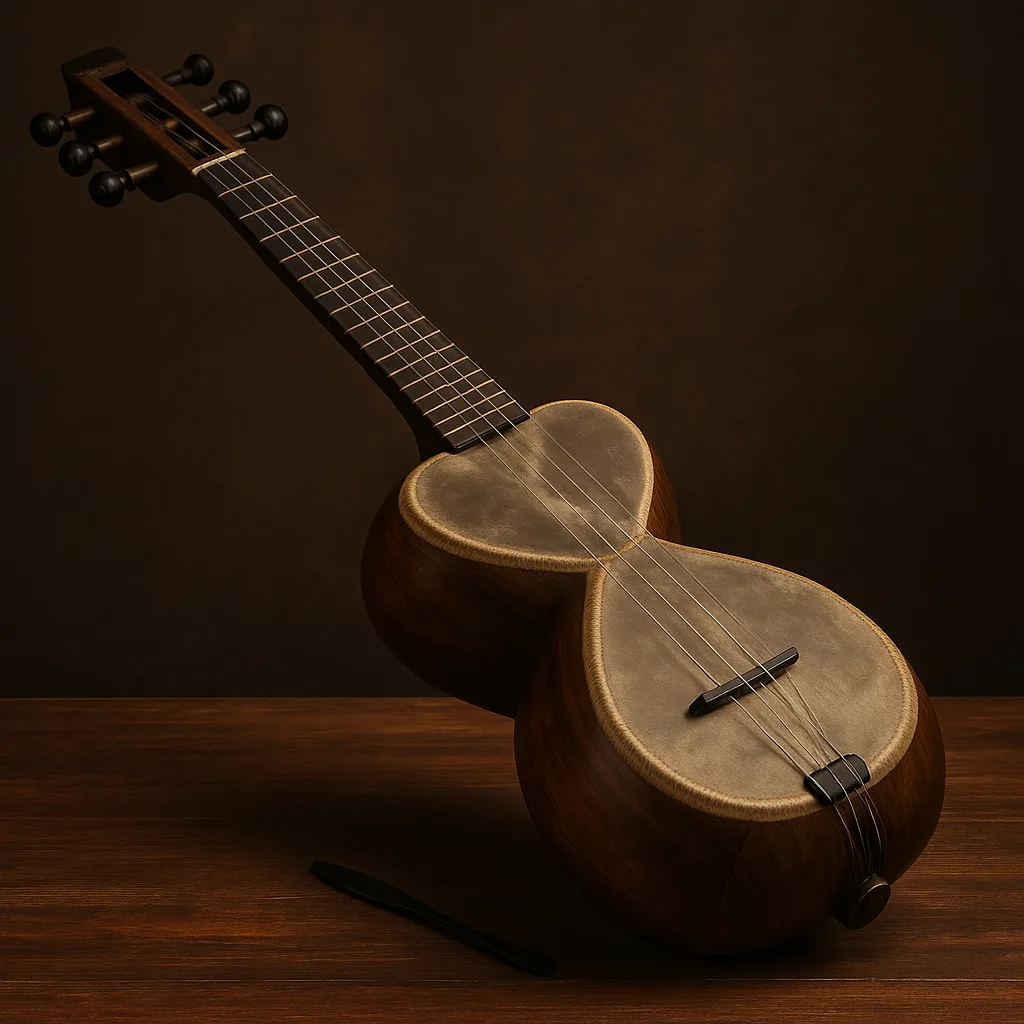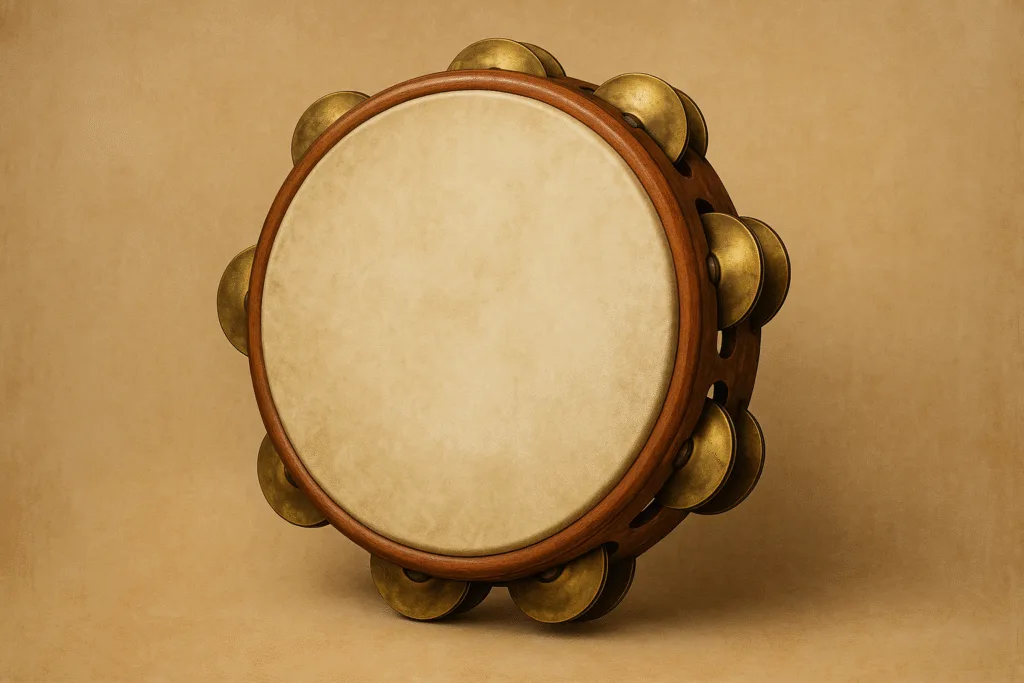Pandeiro Reference Guide
The Pandeiro is one of the most iconic Brazilian percussion instruments, celebrated for its versatility, portability, and ability to adapt across multiple genres. While it looks like a simple tambourine with jingles, the pandeiro is a complete rhythm engine on its own. Its sound palette—ranging from deep bass tones to crisp slaps, subtle ghost notes, and shimmering jingles—makes it the heartbeat of Brazilian music traditions like Samba, Choro, and Capoeira, while also finding a role in jazz, funk, and even electronic fusions. This guide presents detailed information in structured categories to serve as a reference for players, educators, and sound engineers.
| Category | Details | Notes |
|---|
| Rhythmic Cycles / Grooves | - Samba – Syncopated bass strokes combined with finger slaps; jingles emphasize the off-beat. Samba grooves on the pandeiro are the rhythmic DNA of carnival, driving entire samba schools with just one player.
- Choro – A more subtle style requiring control. The pandeiro balances melodic instruments like flute or guitar by creating clear subdivisions and light textures. Unlike samba, the jingles are often restrained, producing a chamber-music feel.
- Capoeira – The pandeiro accompanies the berimbau in martial-art rituals. Open bass tones mirror the berimbau’s low notes, while slaps and muted tones interact with dancers’ movements. The rhythm is flexible, following the game’s energy.
- Funk/Jazz – Adapted grooves with shuffle patterns, ghost notes, and hybrid finger techniques. In jazz contexts, the pandeiro functions almost like a drum set in miniature, providing backbeat, hi-hat shimmer, and kick-drum resonance.
| Each groove reflects a different social and cultural context: from street parades to intimate rodas, from martial art circles to fusion concerts. |
| Techniques | - Bass (Dum) – Produced by the thumb or palm striking the center of the head. A deep, rounded tone that anchors the rhythm.
- Slap – Fingers snap against the edge, creating a bright, cracking sound. Essential in samba to cut through the ensemble.
- Open tone – Fingertip strike near the rim, allowing resonance. Provides clarity and space between heavy strokes.
- Muted tone – Finger placed firmly to reduce sustain, giving short percussive articulation. Adds contrast in grooves like choro.
- Shake roll – A controlled wrist rotation to activate jingles continuously, imitating a shaker while maintaining head strokes. Often used to sustain energy in ensemble playing.
- Ghost notes – Ultra-light touches around main accents. These create a sense of breath and texture, avoiding monotony in long cycles.
| Mastering transitions between tones is the secret to making the pandeiro sound like an entire rhythm section. |
| Instrument Specs | - Diameter: Most common is 10–12 inches. Smaller models (8–9″) are used for speed and portability, while larger ones emphasize bass.
- Weight: A good balance is 0.6–0.9 kg. Lightweight frames allow agility for samba, while heavier models add projection.
- Head:
- Natural skin (goat/calf): Warm, earthy, traditional, but sensitive to humidity.
- Synthetic: Consistent tuning, brighter, more reliable for outdoor gigs or travel.
- Jingles (platinelas):
- Brass: Warm, rounded sound.
- Steel: Bright, cutting tone.
- Aluminum: Light, fast response.
- Frame:
- Wood: Resonant, traditional, aesthetic.
- Plastic/metal: Durable, weather-resistant, louder projection.
| Choice of materials affects not only sound but also comfort and endurance during long performances. |
| Recording Tips | - Microphone placement: 20–30 cm away with a small diaphragm condenser, slightly off-axis to capture both head and jingles without distortion.
- EQ: Boost 100–200 Hz to bring out the bass strokes, add presence around 8–10 kHz for the jingles, and cut harshness if needed around 5–6 kHz.
- Compression: Use light compression with a fast attack and release. Ratio 2:1 or 3:1 to smooth dynamics while preserving natural groove.
- Stereo setup: Combine close mic for articulation and a room mic for ambience. This preserves the organic quality of live performance.
- Reverb: Subtle short reverb can add depth, but too much will blur fast rolls.
| The pandeiro’s wide dynamic range requires careful mic technique to avoid losing either the bass or the shimmer of jingles. |
| Pedagogy (Practice Path) | - Week 1: Learn proper grip. Practice alternating dum (bass) and open tones slowly with metronome at 60–70 BPM.
- Week 2: Add slap strokes. Start simple samba patterns. Focus on consistency in bass–slap alternation.
- Week 3: Introduce muted tones and ghost notes. Practice subtle dynamics for choro-style playing.
- Week 4: Add shake rolls. Practice combining rolls with strokes without losing groove.
- Week 5–6: Play along with recordings of samba and choro ensembles. Focus on time-keeping and interaction with other instruments.
- Week 7–8: Explore capoeira rhythms. Practice following berimbau patterns and adapting to free-flowing tempo changes.
| A structured routine ensures development of strength, flexibility, and stylistic versatility. |
| Common Mistakes | - Over-slapping: Creates harsh tone. Solution – use relaxed fingers, let resonance carry.
- Weak bass: Often from striking too close to the rim. Solution – aim for the head’s center with controlled palm.
- Uneven rolls: Wrist tension leads to irregular shake. Solution – practice slowly with relaxed motion.
- Excess jingling: Overpowering sustain. Solution – dampen slightly with thumb pressure.
- Poor posture: Holding the pandeiro too tightly causes fatigue. Solution – keep shoulders relaxed, instrument angled comfortably.
| Correcting these issues early prevents injury and develops professional tone quality. |
| Contexts & Styles | - Samba schools – The pandeiro functions like a compact drum set, leading rhythm sections during carnival.
- Choro ensembles – Provides subtle, precise time-keeping while supporting melodic improvisations.
- Capoeira rodas – Maintains dialogue with berimbau and sets the pace of the martial art game.
- Modern fusion – Incorporated in jazz, funk, and world music, showcasing versatility in global contexts.
- Solo performance – Some virtuosos use the pandeiro as a full percussion kit, playing bass, snare, and hi-hat equivalents simultaneously.
| The pandeiro is Brazil’s most versatile percussion voice, bridging folk tradition and modern innovation. |

The pandeiro is more than a tambourine—it is a complete rhythmic universe. Its balance of bass, slap, open, muted, and jingle sounds allows one player to simulate an entire percussion section. From samba street parades to capoeira rituals, from intimate choro circles to experimental jazz stages, the instrument adapts and thrives. For learners, focusing on tone clarity, dynamic control, and cultural context is key. For professionals, attention to ergonomics, recording technique, and stylistic nuance ensures that the pandeiro continues to shine as one of the most expressive percussion instruments in the world.




